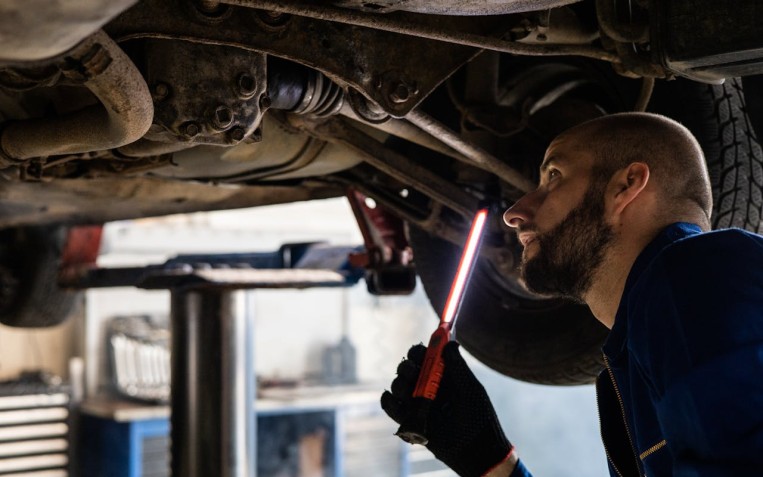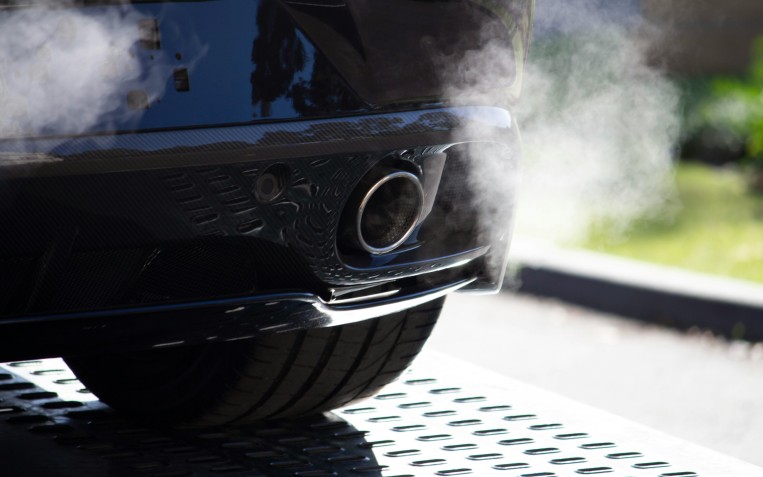What are MOT advisories?

MOT advisories are notes about potential problems or issues with your car found during your MOT test. MOT advisories are problems that don’t warrant a complete failure of your MOT but do need attention.
While MOT testers are all qualified to test your car, they use their discretion to decide what constitutes as an advisory or a failure. An advisory is any part of your vehicle that your MOT tester decides needs attention. This can range from serious problems like corrosion or simple fixes like a wobbly wing mirror.
Most common advisory notes
The most common advisory notes include;
- Corrosion: Rust and corrosion could be a serious problem on your vehicle, depending on where it's located and how severe the corrosion is. Surface rust can usually be removed easily. However, severe corrosion can result in car parts needing to be completely replaced.
- Tyres: The legal limit of tyre tread depth is 1.6mm. However, it’s recommended to replace your tyres when they reach 3mm. You may also get an advisory if your tyre pressure isn’t correct.
- Brake pads: As your brake pads erode as they are used, they need to be replaced periodically.
What to do when you are issued with an MOT advisory note
The purpose of MOT advisories is to prevent you from failing your next MOT. So, it’s important to address any serious advisories that could affect the car’s roadworthiness. Advisories flag up any small issues that could potentially turn into big problems, so it’s a good idea not to ignore them.
If you want to resell your car in the future, and you have a lot of advisories that have not been rectified, it could potentially affect the resale value of your car and put off potential buyers, especially if they have a lot of repairs to carry out.
Remember, your MOT must be carried out on an annual basis, at PTA we have several MOT test centres throughout the South East of England. You can save money when you book your MOT in with a service. For more information contact our helpful team today.
Related Content

What is the difference between Class 4 and Class 7 MOTs?
A Class 4 MOT test is required for passenger vehicles that weigh less than 3,000 kilograms. Class 4 MOT tests, cover a wide range of vehicles, including: Cars (with up to eight passenger seats) Ambulances Taxis Mot...

Why do MOT tests include an exhaust emissions test
In 2023, 3.2% of all MOTs failed due to noise, emissions and leaks according to data from the DVLA. MOT tests include emissions tests to prevent a hig...

Do EVs need an MOT?
One of the benefits of making the switch to an electric vehicle is the many money saving incentives like not having to pay road tax, or for your car t...

